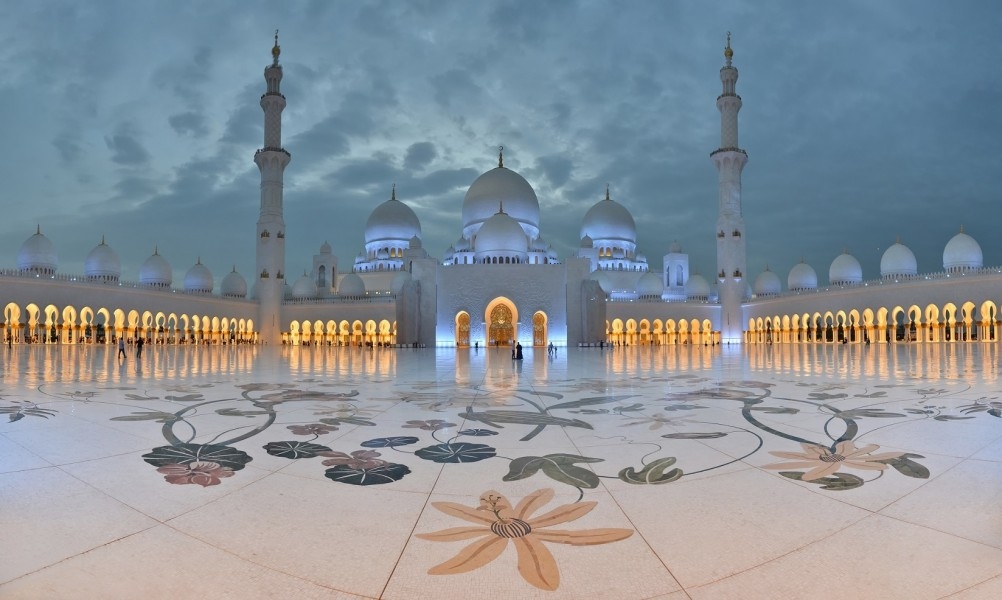 Photo: Ivan Andrejić (Na slici: Abu Dabi)
Photo: Ivan Andrejić (Na slici: Abu Dabi)For most people, the first associations at the mention of the United Arab Emirates are mostly the same: wealth, luxury, tourism, hedonism, oil, and numerous architectural wonders that defy the laws of physics. However, not all emirates feature glamour. In some of them, you can still experience the authentic life of the ordinary Arab world and feel all the beauty of the desert that opens onto the coast of the Persian Gulf.
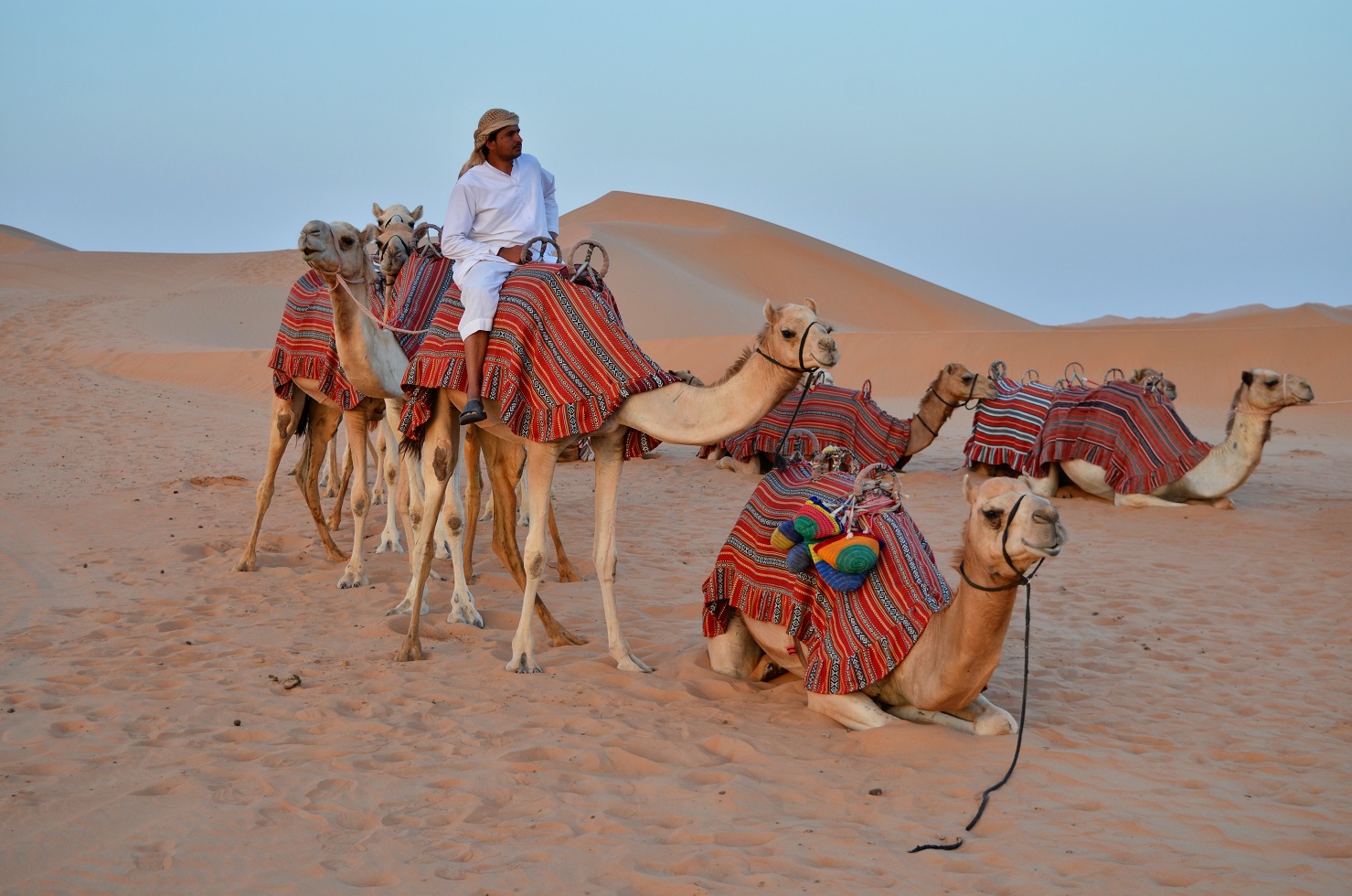
Abu Dhabi / Photo: Ivan Andrejić
By now, everyone is familiar with Dubai, a futuristic city in the middle of the Arabian Desert that has been attracting tourists for more than two decades with unusual attractions, such as the tallest building in the world, but also beautiful beaches and the most exclusive hotels and shopping malls. However, the United Arab Emirates is much more than that; it includes seven emirates united in a federation that has become one of the most developed countries in the world, and, apart from oil, for which they are known, they are increasingly investing in new technologies, transport, and tourism. The UAE Federation was created in 1971, and in addition to Dubai, it also includes Abu Dhabi, Sharjah, Ajman, Umm Al Quwain, and Fujairah, as well as the seventh emirate of Ras Al Khaimah, which joined in 1972.
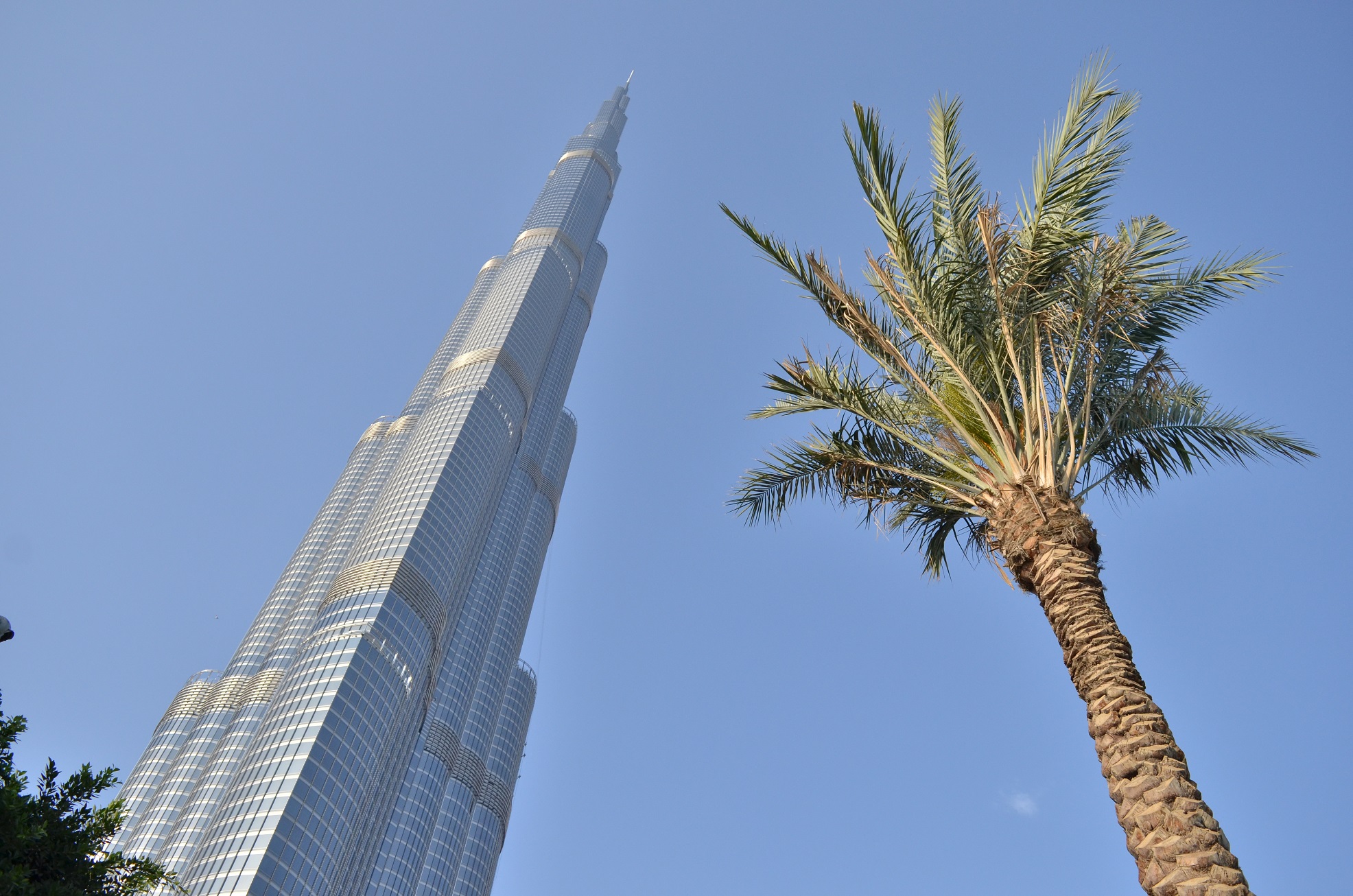
Dubai / Photo: Ivan Andrejić
Once a group of small desert settlements scattered along the Persian Gulf where nomads engaged in animal husbandry and the extraction of pearls from the sea, the UAE is today a strategically important country as one of the largest oil exporters in the world. But, as its rulers became aware over time that oil would not be there forever, in recent years they have been busy developing other branches of the economy, of which tourism is experiencing the greatest expansion.
Although each of the emirates has its own story, they all share a desert or subtropical climate, which is why you should avoid them in the summer, when a temperature of 40 degrees is unbearable even for the locals. Therefore, winter, that is, the period from November to April, is a much better option for a visit, with an average temperature of 25 degrees, ideal for a vacation.
DUBAI
It all started at the end of the 90s, when the famous hotel in the shape of a sail, Burj el Arab, was built in Dubai, synonymous with luxury and the maximum hotel categorization with the previously nonexistent seven stars. After that, almost all the world's hotel chains started to invest here, opening top facilities whose capacities were immediately occupied by a number of tourists, drawn by the grandiose attractions that have become a trademark of this part of the world.
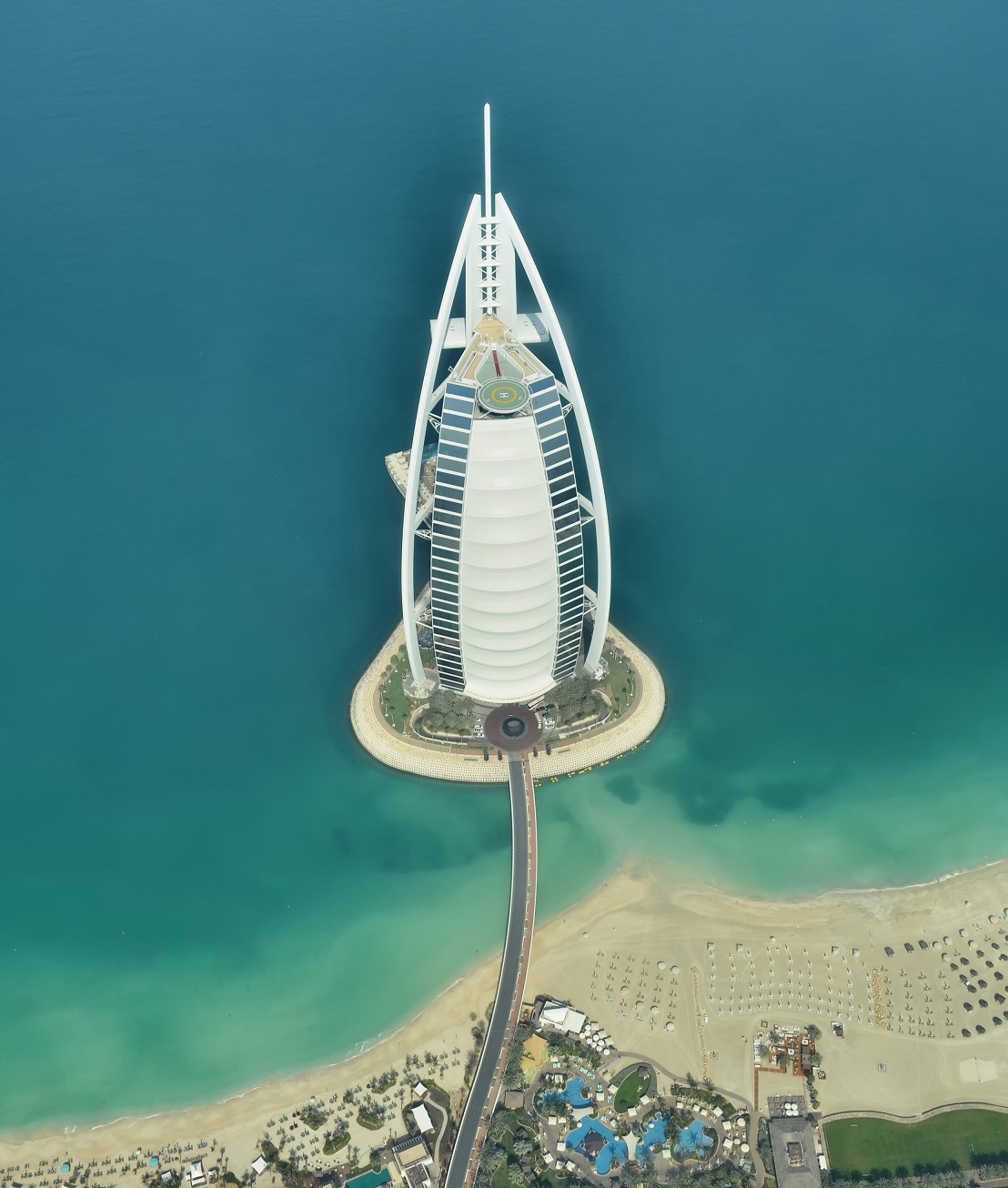
Dubai / Photo: Ivan Andrejić
One of them is certainly the tallest building in the world, the Burj Khalifa, a paradigm of spectacular architecture that defies the laws of nature, as well as the newly opened Museum of the Future, a seven-story building without pillars in the shape of an egg, which is called a new wonder of the world.
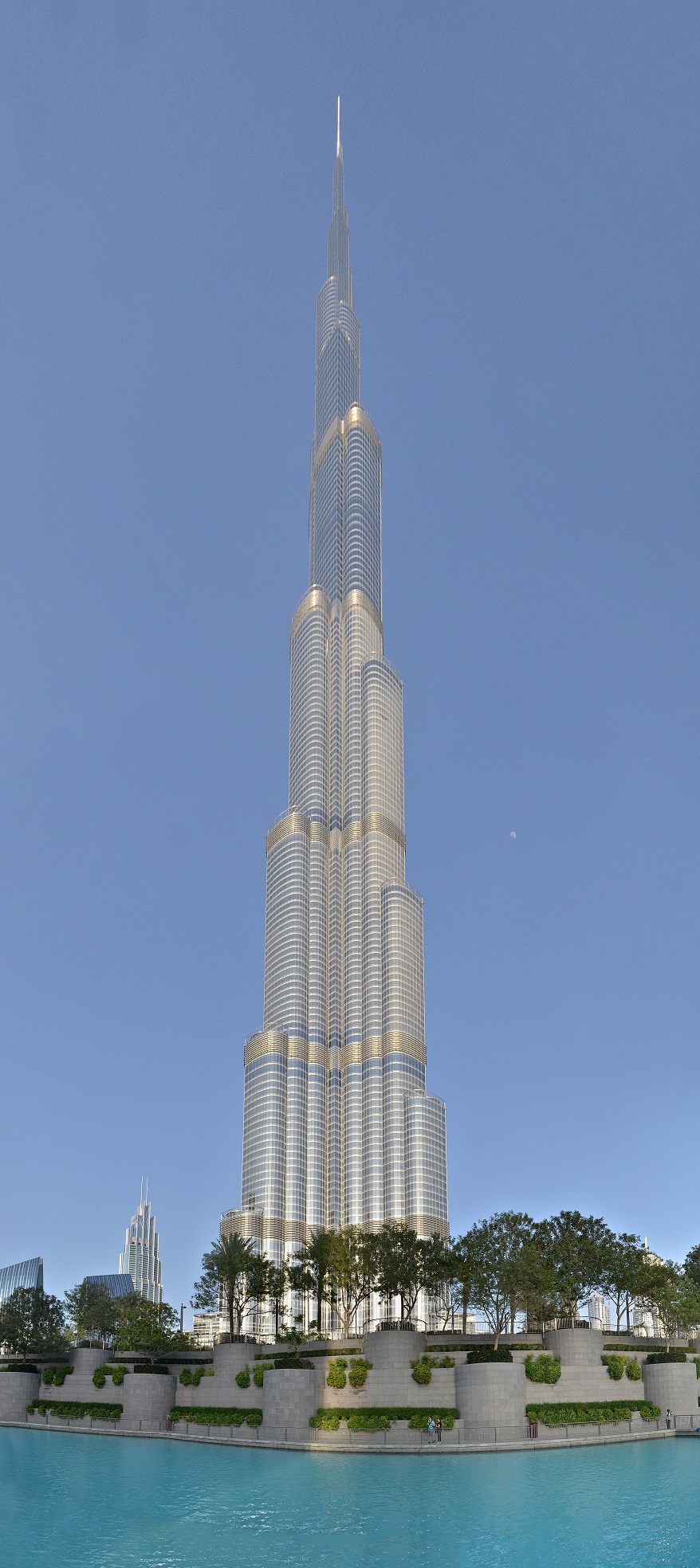
Dubai / Photo: Ivan Andrejić
Although the futuristic buildings, which aim to push the boundaries of the achievements of the modern age, are an experience that cannot be avoided, in Dubai, you should also visit beautiful parks, such as the marvelous Botanical Garden, which has more than 150 million flowers, but also the old part of the city, where you can feel the authentic culture of the Orient.
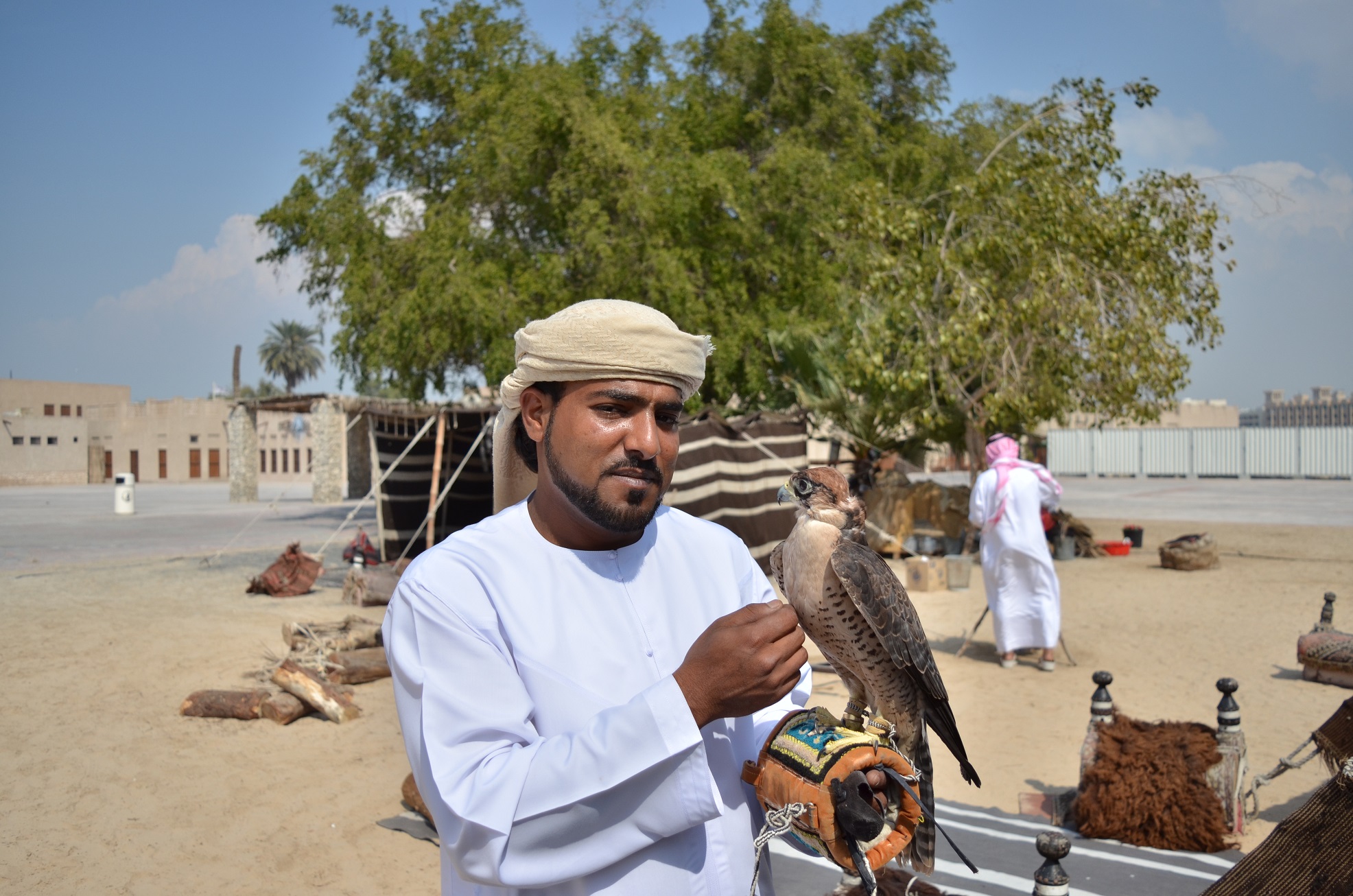
Old part of Dubai / Photo: Ivan Andrejić
ABU DHABI
The capital of the United Arab Emirates has the largest surface area and the largest oil export, and in recent years it has become a bigger rival to Dubai when it comes to tourism. It is home to the federal government, made of the rulers of each of the emirates, and is considered the safest city in the entire federation since as much as 80 percent of its area is secured by the police.
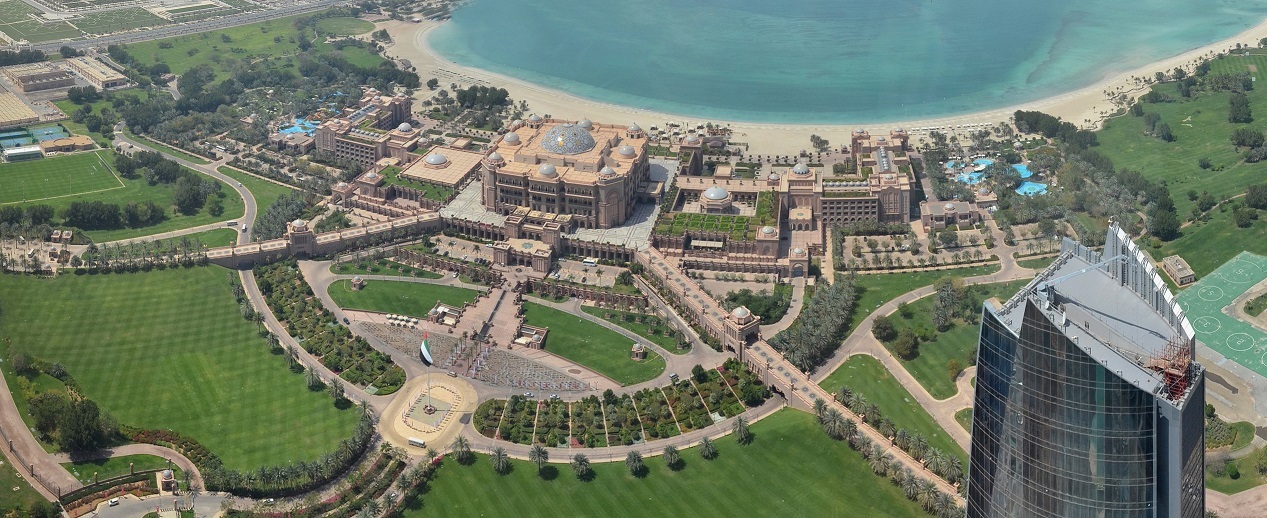
Abu Dhabi / Photo: Ivan Andrejić
In addition to luxury hotels and grandiose buildings, for which it competes with neighboring Dubai, in Abu Dhabi you can visit one of the most beautiful Islamic places of worship in the world, the great Sheikh Zayed Mosque.
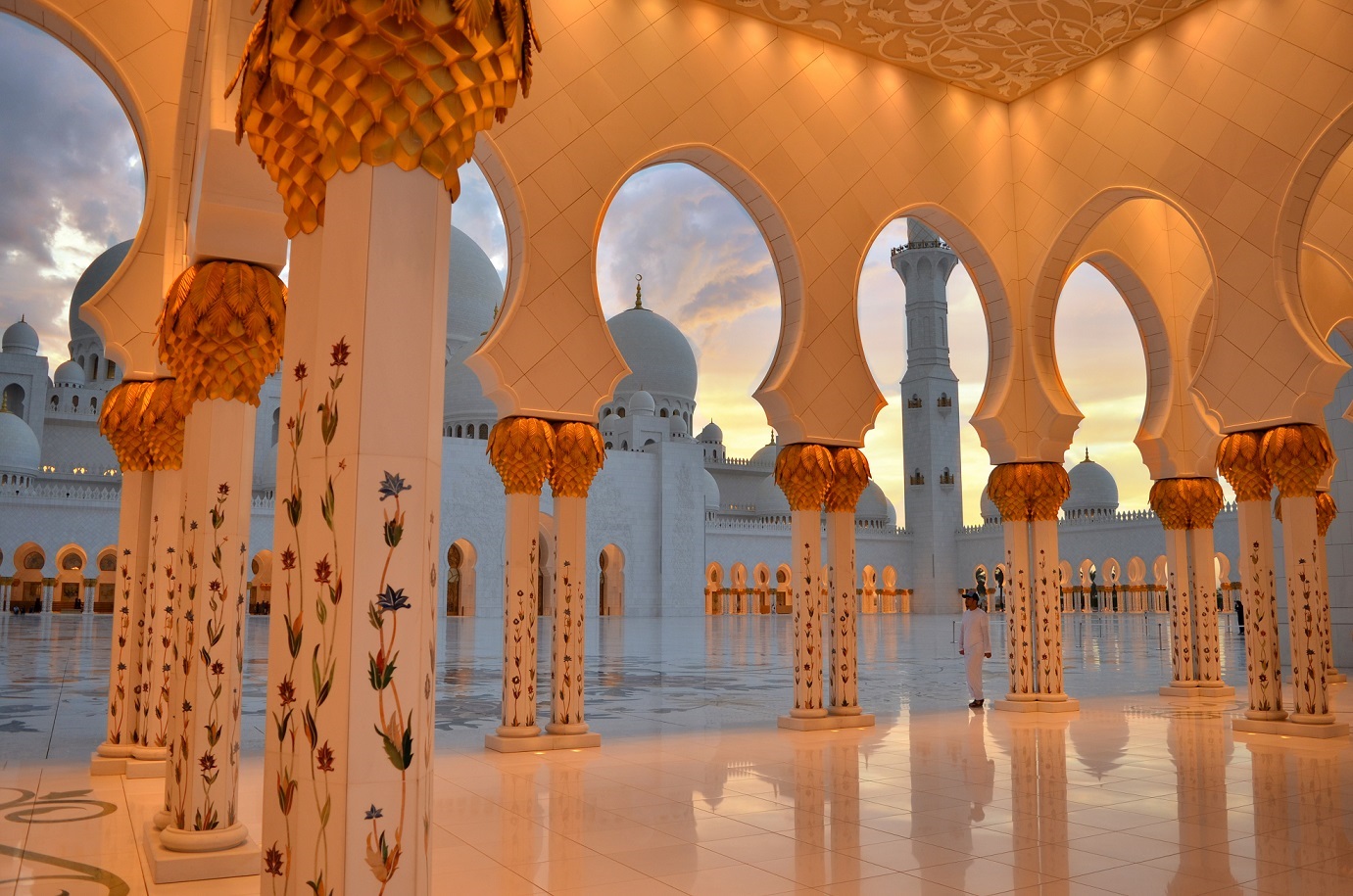
Abu Dhabi / Photo: Ivan Andrejić
A landmark that is also of great interest is Happiness Island, connected to the mainland by two bridges, best known for its museums, the Arabic versions of the Louvre and the Guggenheim.
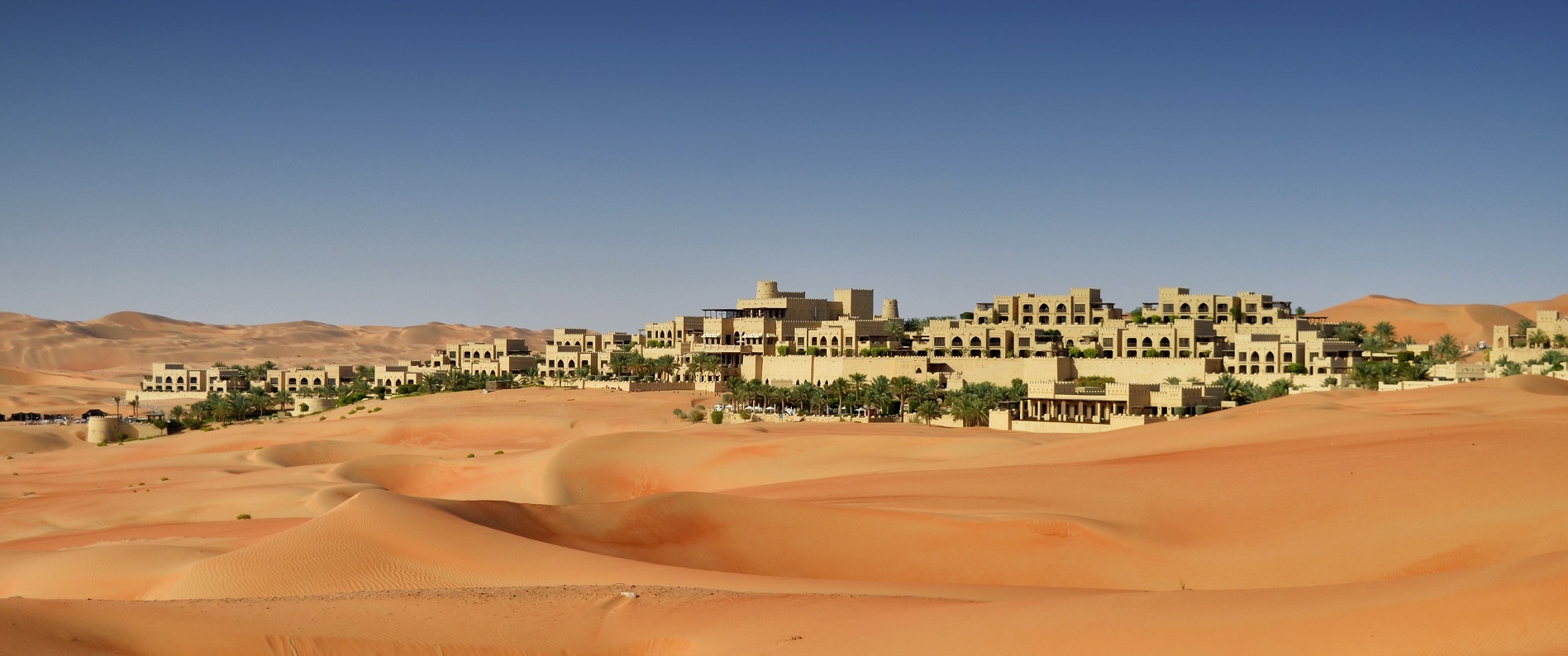
Abu Dhabi / Photo: Ivan Andrejić
Among the symbols that radiate all the wealth of Abu Dhabi are the Emirates Palace, the most luxurious hotel in Abu Dhabi, the Etihad Towers, and the presidential palace Qasr Al Watan.
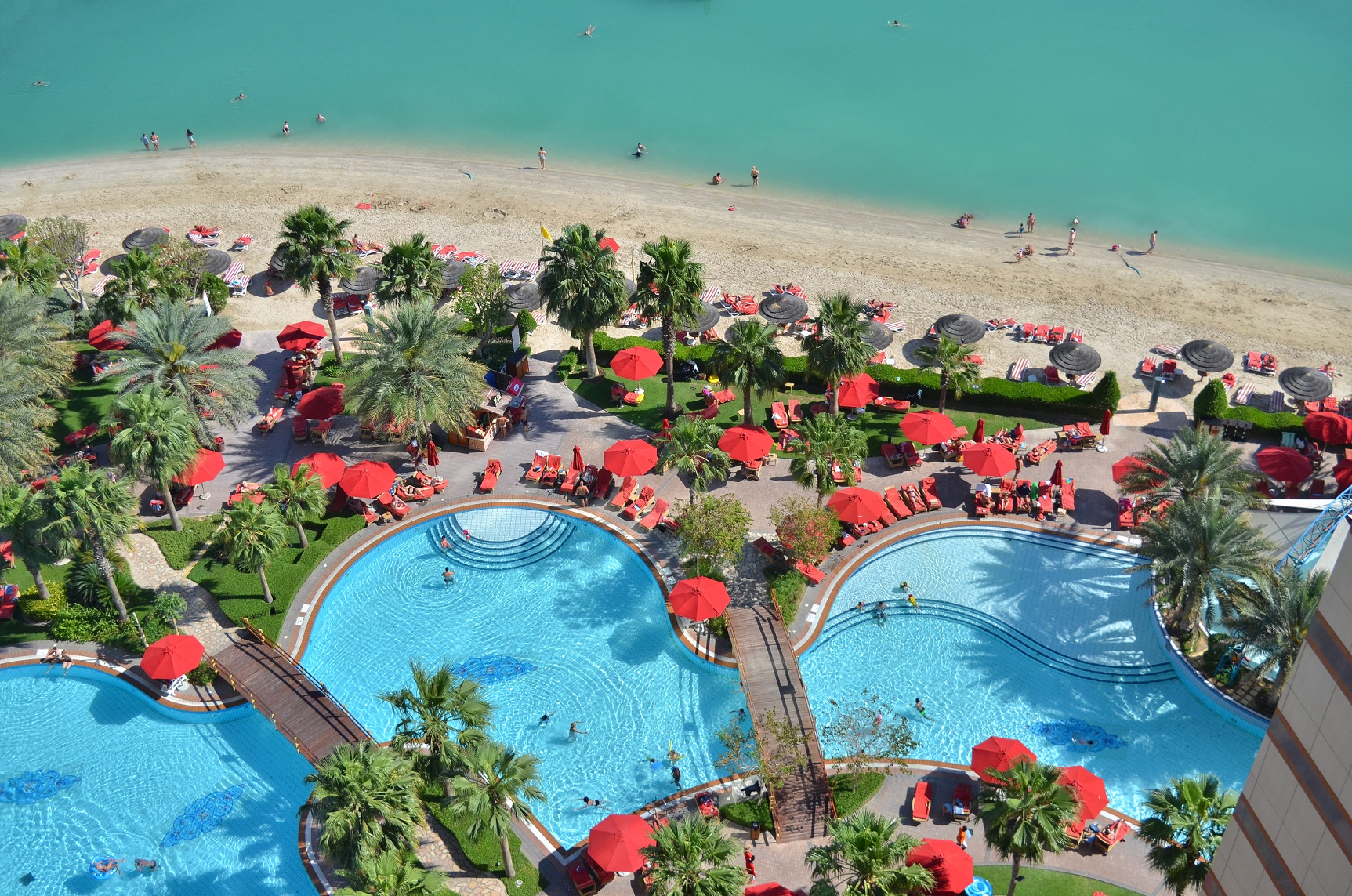
Abu Dhabi / Photo: Ivan Andrejić
There are also beautiful beaches and unique theme parks, as well as the possibility of a trip to the desert.
SHARJAH
Just a 30-minute drive from Dubai is the emirate that is best known for its traditional Arab architecture and where the life of the ordinary world takes place and strictly adheres to Islamic laws. Here you will get to know the Islamic culture best through the magnificent mosques, such as Al Noor stands, and the traditional souks.
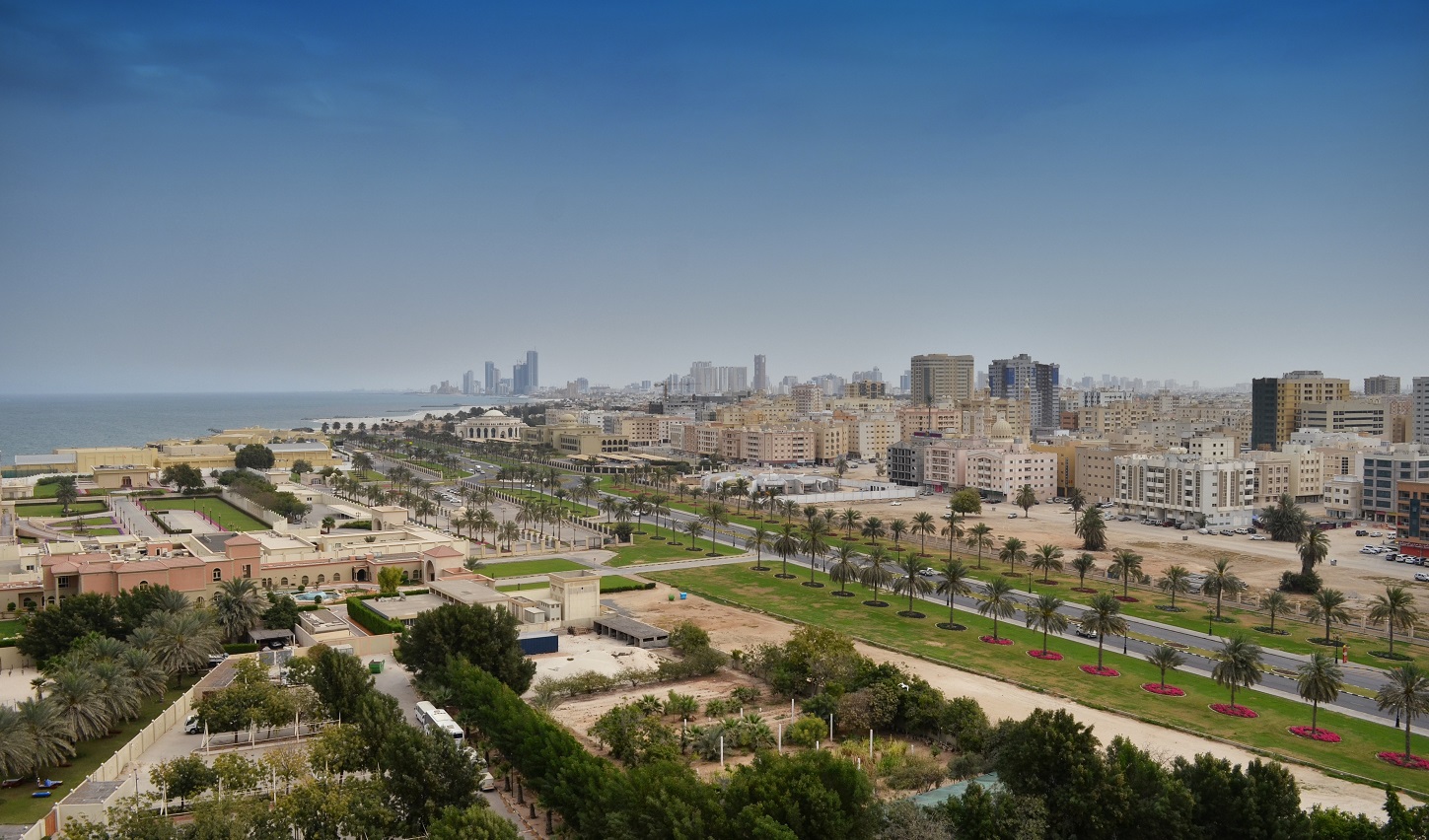
Sharjah / Photo: Ivan Andrejić
Sharjah is considered the cultural capital of the Emirates because it has numerous museums and cultural tourism facilities, the most famous of which is "Cultural Heritage Days". In this emirate, you will have a unique opportunity to see almost all desert animals in their natural environment, from the Arabian antelope to the desert leopard, at the Arabian Wildlife Centre.
AJMAN
The smallest of all the emirates, Ajman is a real mix of different natural landscapes since it collides with the sea coast, the desert, and the Hajar mountain massif, which contains the impressive Masfout canyon and the 19th-century fortified castle at the very top of the mountain.
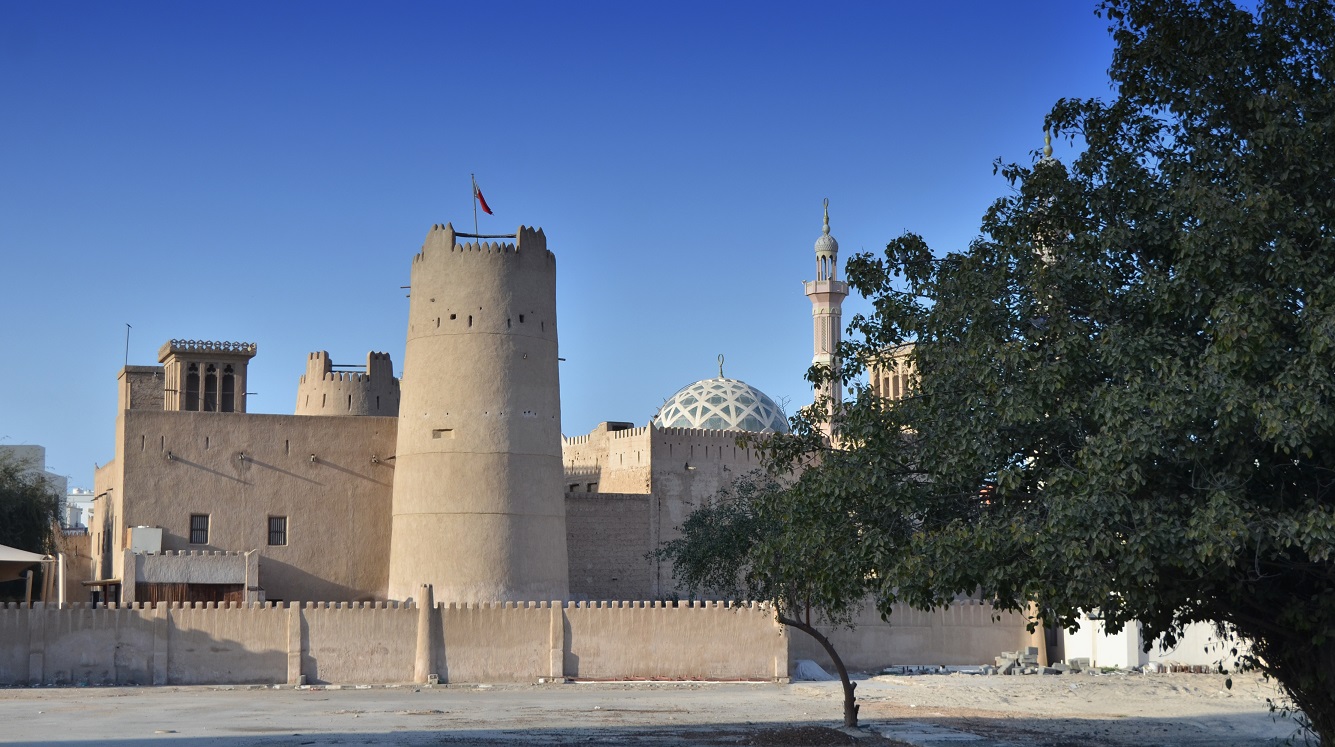
Ajman / Photo: Ivan Andrejić
Because of its diverse landscape, Ajman is the ideal destination for sports and adventure lovers. Perfect conditions await you here for hiking and cycling, glamping or glamorous camping, kayaking, fishing, and golfing in the Al Zorah Nature Reserve, as well as horseback riding in the Ajman Sud Horse Reserve. However, here too, more and more investments are being made in tourism; numerous hotels that captivate with their luxurious appearance are located right on the beach, and the traditional markets offer various valuables, from handmade carpets to high-quality gold.
UMM AL QUWAIN
To the east of Ajman is the emirate that is the least developed but also the least exposed to the glamour of the modern Arab world and where a stay is available to everyone. What makes it special is the fact that you can still see what the emirates looked like before the rapid development of tourism. Isolation from the rest of the luxurious environment contributed to the absolute preservation of the former occupations of the population, such as fishing, as well as the authentic landscape. It is known for its mangrove forests and beaches, where you can enjoy yourself for hours, completely free of charge.
RAS AL KHAIMAH
This emirate is known for endless sandy beaches, the most pleasant climate in the entire country, and the fact that its most luxurious hotels are located at the international airport, which has become a popular vacation spot for the local rich.
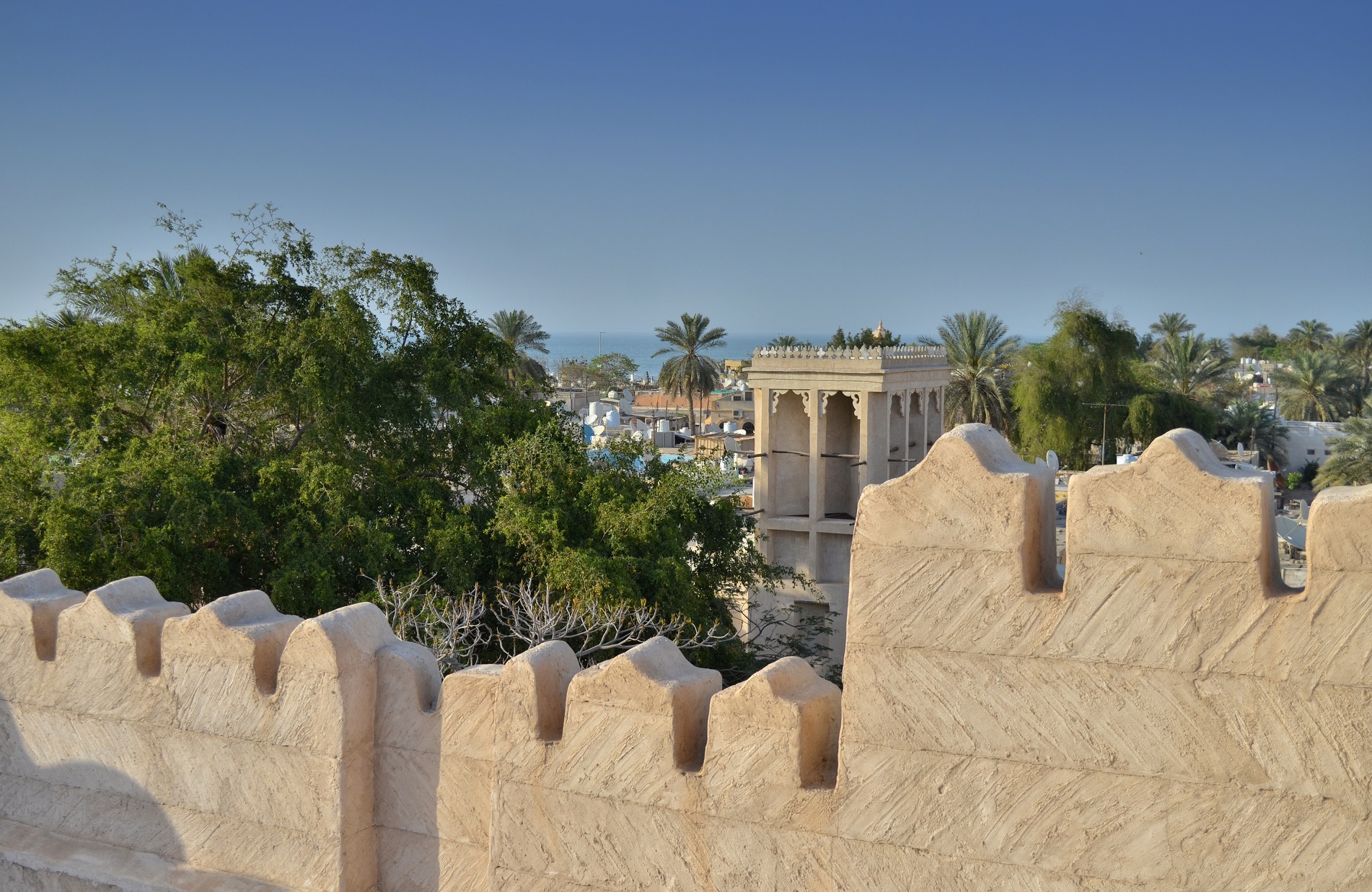
Ras Al Khaimah / Photo: Ivan Andrejić
Mount Hajar, standing opposite its coast, has made it possible to develop adventure tourism. The longest zip line in the world, called Jebel Jais Flight, which is located precisely in Ras Al Khaimah, attracts a lot of tourists. You should not miss a visit to the local National Museum, located in a fortress that was once the residence of the ruling family of this emirate.
FUJEIRA
Due to the fact that it opens onto the Indian Ocean, this emirate, located in the far east of the UAE, is considered a destination that offers the best conditions for diving and other water sports. Also, this is a place of large date plantations and endless fields under palm trees that stand in complete contrast to the skyscrapers of Dubai and Abu Dhabi.
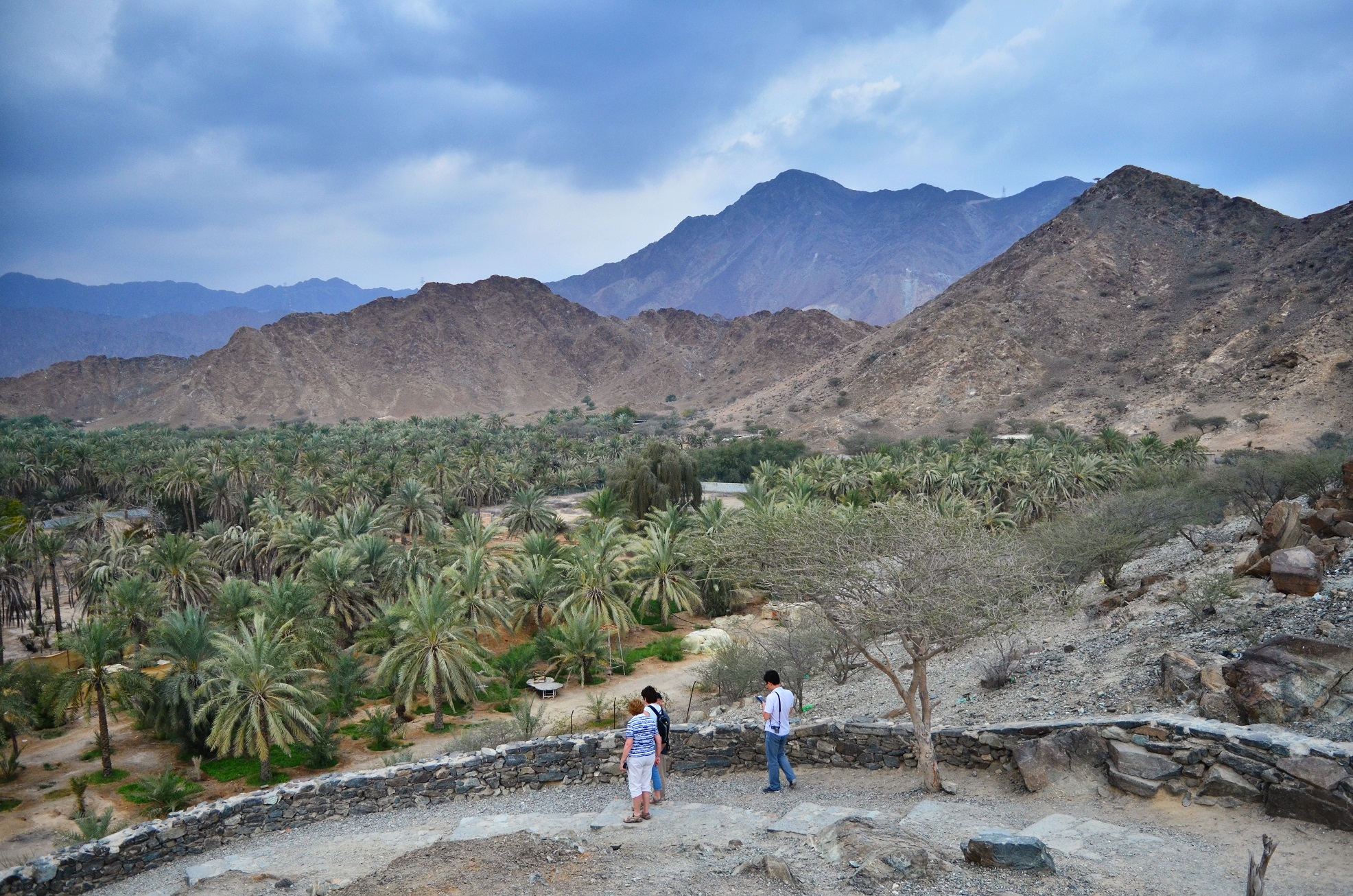
Fujairah / Photo: Ivan Andrejić
Locals will tell you that Allah blessed this emirate with a rich coastline to make up for its lack of oil. The backbone of the city is the former fishing village of Diba, where the first luxury hotel was built 25 years ago and has remained the main lever of future modern tourism, to which Fujairah is slowly turning.
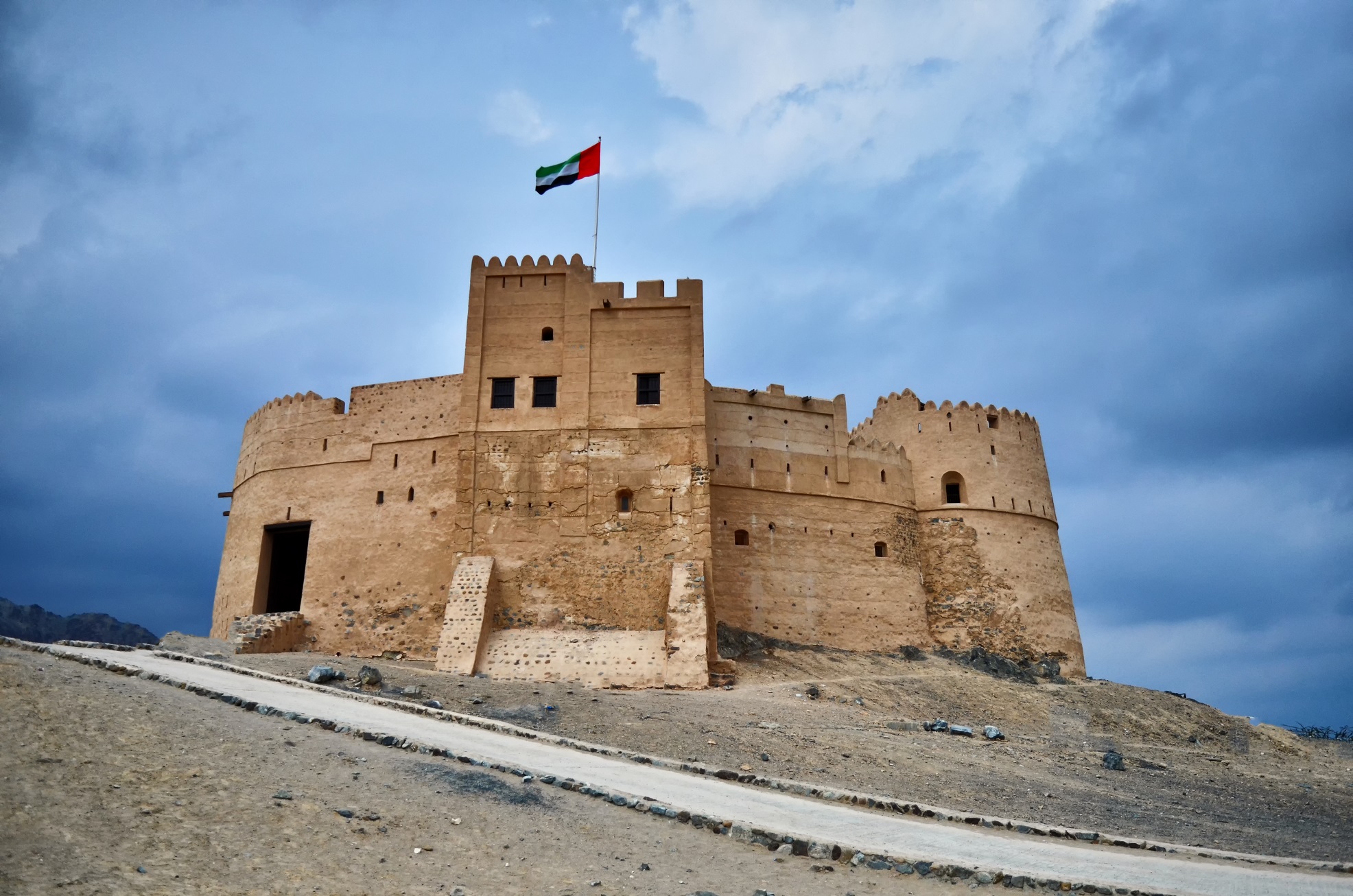
Fujairah / Photo: Ivan Andrejić
For now, rather than luxury and commercial amenities, you will come across preserved fortresses, archaeological sites, one of the oldest mosques on the Arabian Peninsula made of stones and mud, and restaurants serving seafood versions of Arabic cuisine.
Text and photo: Ivan Andrejić
ABOUT THE AUTHOR
Ivan Andrejić is a photographer and blogger whose stories and photos from numerous travels can be seen HERE, and you can also follow him on Instagram.